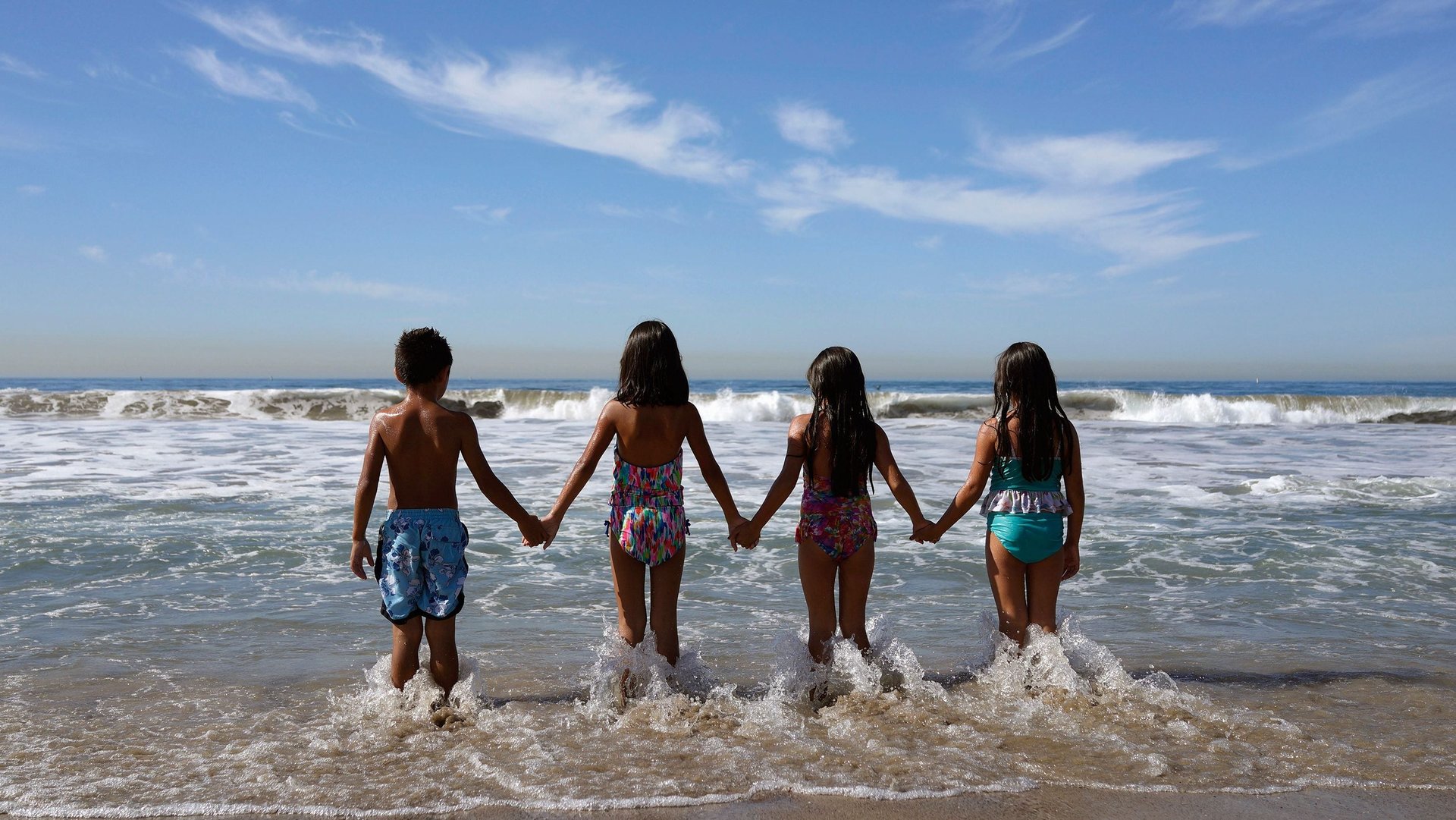The process of building trust works in the opposite way that you think it does
Wharton psychologist and author Adam Grant recently sat down with Daniel Coyle, author of the new book The Culture Code: The Secrets of Highly Successful Groups, to talk about the surprising truth about how trust works, and how we can build it in groups large and small. This article is a condensed version of the interview, which was produced by the Next Big Idea Club.


Wharton psychologist and author Adam Grant recently sat down with Daniel Coyle, author of the new book The Culture Code: The Secrets of Highly Successful Groups, to talk about the surprising truth about how trust works, and how we can build it in groups large and small. This article is a condensed version of the interview, which was produced by the Next Big Idea Club.
Grant: A huge theme in [The Culture Code] is trust. I’ve always thought about trust as the willingness to be vulnerable and take a risk together, but you convinced me that I had it backward. I always thought, “Once we trust each other, then I can go out on a limb, because I don’t have to worry about you harming me or taking advantage of me or letting me down.” You said, “Actually, you take risks together first, and that’s how you build trust.” How does that work?
Coyle: It goes back to how we’re wired. There’s something called “the vulnerability loop” that happens when two people are vulnerable together. I started to see this at the places I was visiting.
One of the places I saw it first was with Ed Catmull, the president and cofounder of Pixar. We’re walking around Pixar’s new Brooklyn Studio, and it’s a $20 million building, the coolest building I’ve ever been in. I say to Ed, “This building is really cool!” He goes, “Actually, this building was a huge mistake—the hallways are too narrow, the atrium is too small, the cafeteria is in the wrong place. But the real mistake we made was that we didn’t realize we were making a mistake.” [There was] this moment of total candor and openness, and he does this all the time.
Then I would go to the [Navy] SEALs, and the commanders there are doing the same thing. They’re saying, “The most important words a leader can say are, ‘I screwed that up.’” It’s not that we’re going to slowly build trust and then have the willingness to be vulnerable—it’s actually this exchange of vulnerability between two people that creates that closeness.
If we had a big earthquake, if the walls were to cave in on us and we had to fight for our lives, you and I would be bonded even more than we are because of that experience. It’s not because we built it. It’s because we experienced a crisis together. We have candor. We show weakness. That’s what creates group strength.
Grant: You talk about that as a loop, where both of us have to show vulnerability, but I can think of situations where it doesn’t get reciprocated. Sometimes the first person seems like they’re oversharing, and then people just look at them like, “That was awkward.”
I’ve seen that happen in the classroom a few times. I remember we were once talking about personality, and a student literally blurted out, “Oh my gosh, I know why my boyfriend is so boring! He’s an introvert!” Everyone just sat there and stared, [like] “What do we do with this?” What happens when the loop doesn’t complete?
Coyle: Nothing happens. Actually, [people get pushed] a little further apart. A vulnerability loop is actually quite complicated—someone has to signal vulnerability, the other person has to receive that signal, and then they have to send their own [signal of] vulnerability back. There are three distinct things that have to happen, and it’s kind of delicate. Before that moment of vulnerability, there’s a moment of calibration.
Grant: [Like,] “We’re going to go there.”
Coyle: “We’re going to go there.” That ends up creating more of a controlled environment than you have in your classroom.
Grant: This seems like a big question of timing. How do you know when it’s safe or it’s the right context to start the loop?
Coyle: We are hierarchical creatures by nature, [so] the leader has an outsize impact. In all the groups I visited, the leader sending a small signal of fallibility ends up being one of the most powerful things. And that fallibility can be tiny—it can be, “Hey, that presentation was kind of a rough one, but I really want to [thank] the people who helped me.”
Gregg Popovich of the [San Antonio] Spurs is one of the most hardcore authoritarian coaches out there, but he also expresses his connection to his players really well. His players are paid millions of dollars to play for the team, [but] at the end of each season, he takes each one aside and he says, “Thank you for allowing me to coach you.”
Vulnerability comes in a lot of flavors, and there are a lot of different tools you can use to deliver it. The good leaders that I saw used that, and it made a huge impact on their organization.
Join the Next Big Idea Club and view Grant and Coyle’s full conversation.